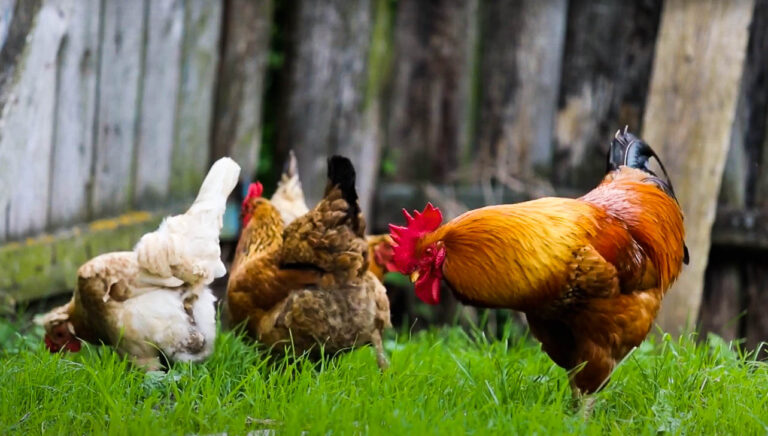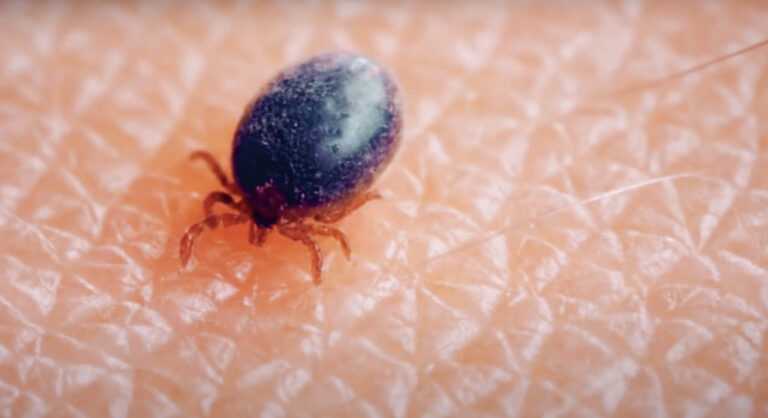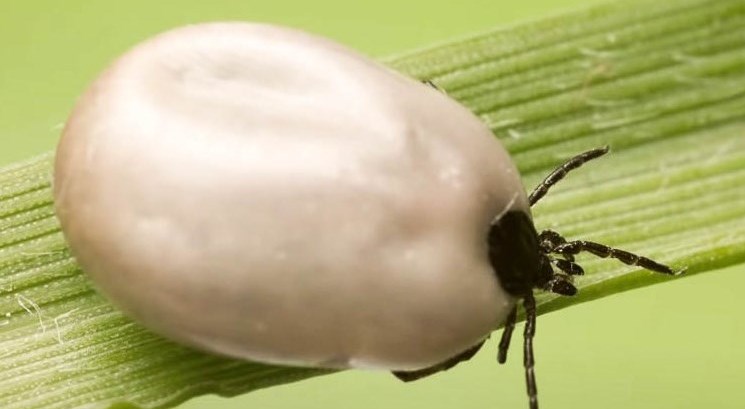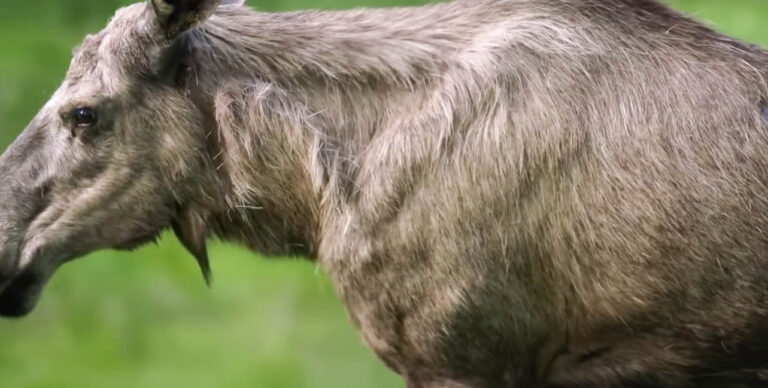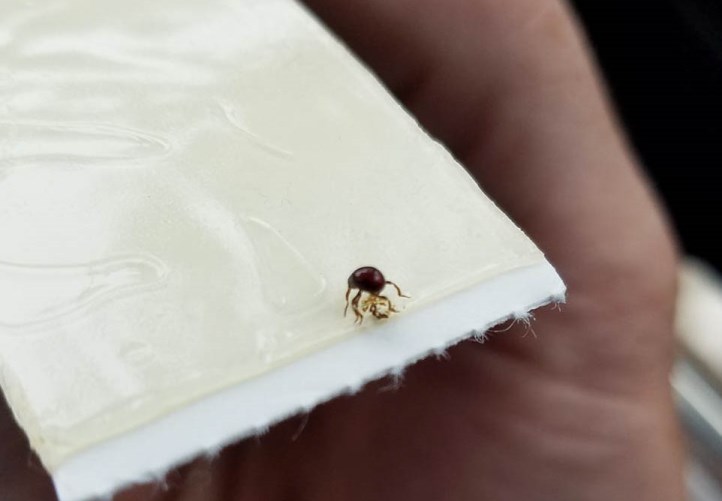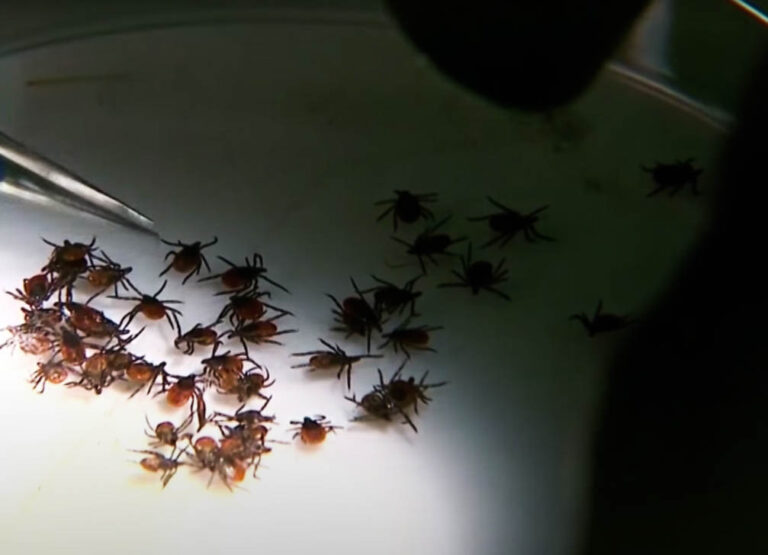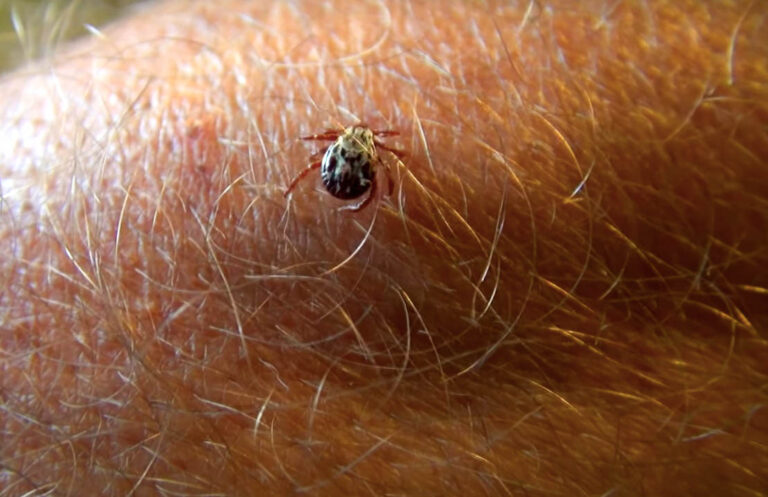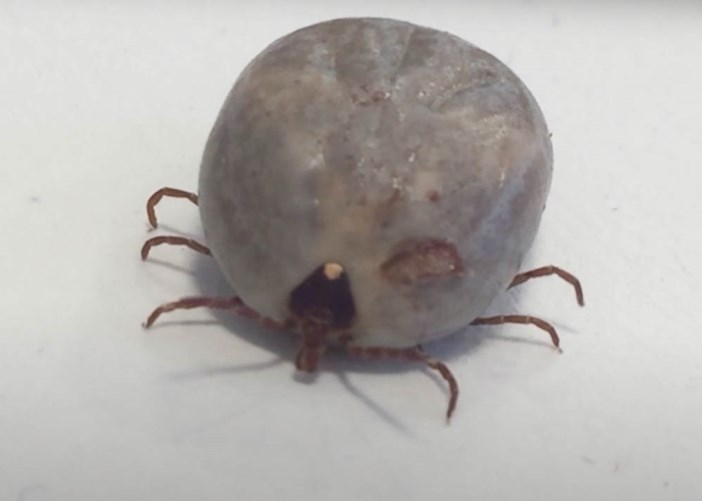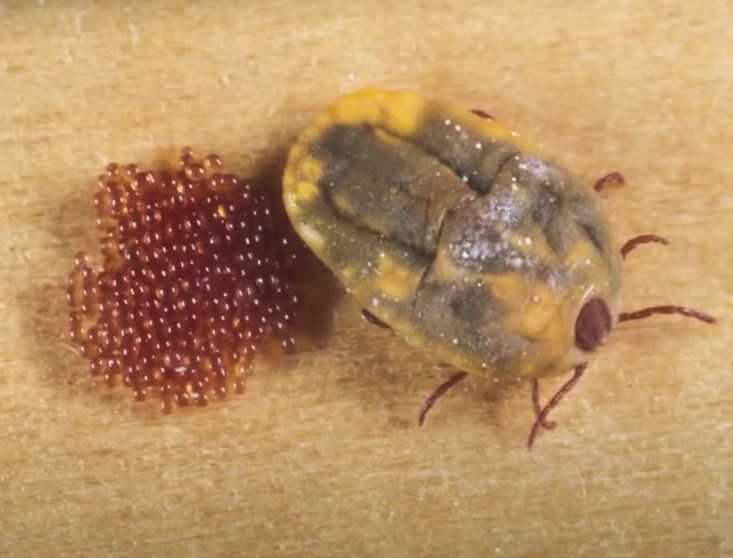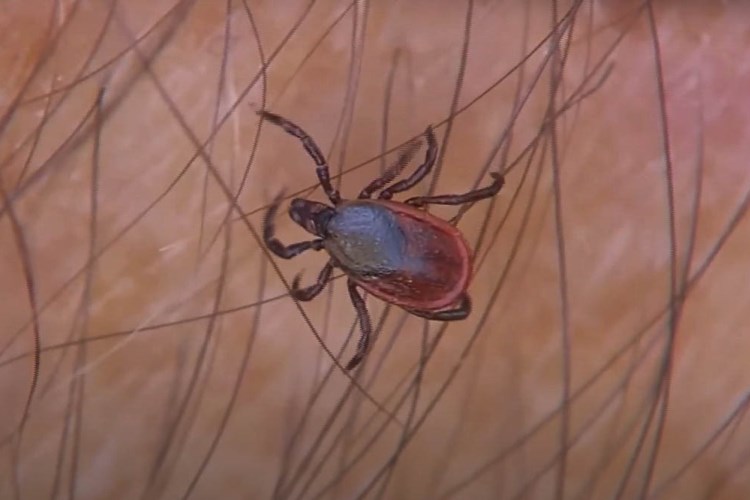About American Dog Ticks
About American Dog Ticks
American dog ticks get their name from their preference of dogs as their hosts. The parasites are found in America, especially the Rocky Mountain areas. They are known for the spread of serious diseases like Rocky Mountain spotted fever. American dog ticks are also called wood ticks. This is because of their preference for wooded areas where they are bound to encounter and attach to suitable hosts.
Appearance
American dog ticks are red insects, with white or yellow markings. Adult males and females have different characteristic markings. While the markings are restricted to the front part of the upper surface of the females, they are spread all through the upper surface of the males.
The adult tick has an average length of 3/16 of an inch, before taking blood meals. After blood meals, the length increases to 5/8 of an inch.
Behavior
American dog ticks are found indoors and outdoors. Although they could be brought indoors by pets like dogs, they cannot complete their full life cycle indoors and do not survive for long.
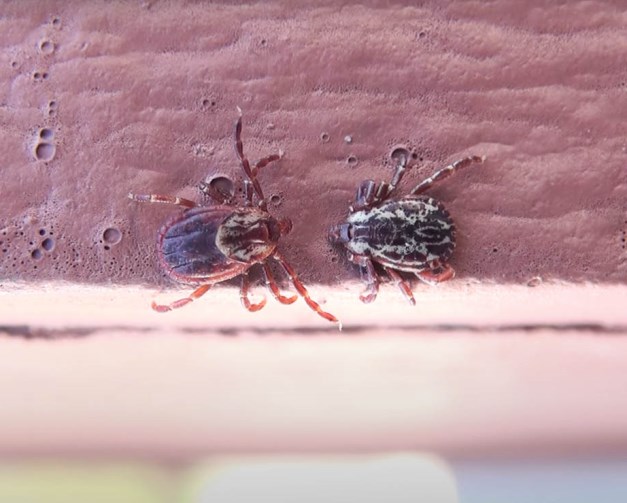
The ticks are blood-sucking ectoparasites. Their hosts include humans, dogs, deer, coyotes, and other warm-blooded animals. As they cannot fly, American dog ticks stay on the blades of grass and other vegetation to wait for suitable hosts that they can attach to. They typically wait along paths frequented by the hosts.
American dog ticks are carriers of serious diseases. They spread a bacterial disease known as tularemia. Tularemia is a bacterial disease that can cause tick paralysis. American dog ticks are also vectors of Rocky Mountain spotted fever and Colorado tick fever. An allergic reaction can also result from the bite of American dog ticks.
Life Cycle
The life cycle of American dog ticks has four stages: egg, larva, nymph, and adult. The female needs blood meals to be able to lay eggs and can lay up to 5,000 eggs at once. After taking a sufficient blood meal, the tick detaches from the host and falls to the ground where it lays the eggs.
Adult females lay their eggs under leaves or amongst heavy vegetation. The larvae develop out of the eggs and seek a suitable host for blood meals. It takes about 50 days for the larvae to hatch out of eggs.
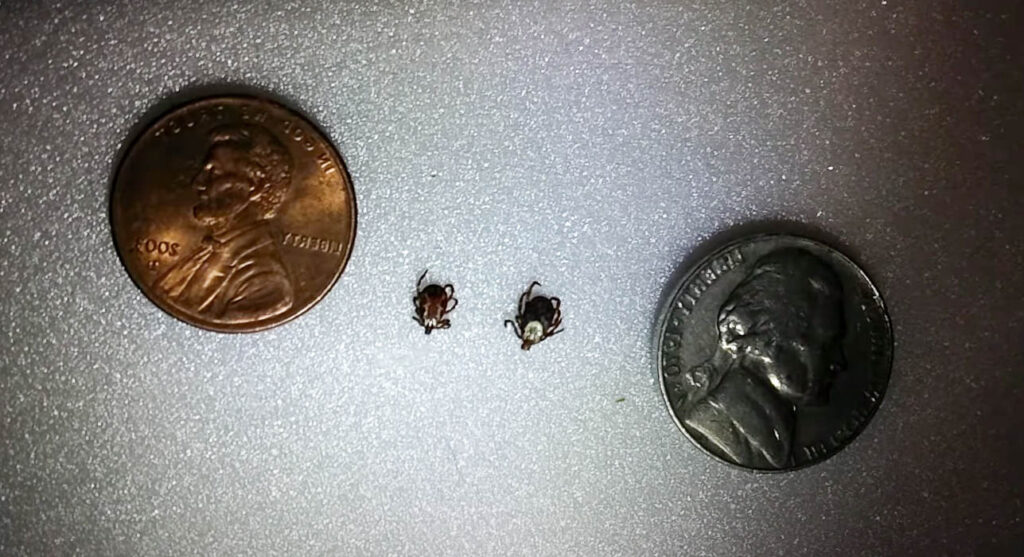
The larvae, which are six-legged versions of the adult, typically take blood meals from smaller mammals. The larvae molt into nymphs after taking sufficient blood meals from the host. Larva engorgement could take up to 6 days. The larvae will detach from the host and seek a place to molt. The molting could take up to 24 days. The larvae can survive for long periods without blood meals, up to 500 days.
Nymphs of American dog ticks also attach to smaller mammals. They consume sufficient blood quantity and develop into adults. The adult American dog tick seeks bigger mammals as hosts. Although the ticks need blood to survive, they could live for extended periods without blood meals.
The entire life cycle of the American dog tick could take between a few days to over two years. The actual length of the period is influenced by factors such as environmental conditions. Humidity and temperature especially influence the development of eggs to adults.
Habitat
American dog ticks are well distributed and found across America. They make habitats in areas such as parks, fields, and vacant lots. They can also be found along wooded paths as well as on the side of roads. In these areas, they are typically found on grasses and vegetation.
They are also found close to water bodies, especially in periods of high activity like summer and spring. American dog ticks stick to outdoor habitats, although they may be brought indoors by dogs. Ticks brought home by dogs or cats can spread to humans.
The ticks are mostly found in eastern US states. They are also found in some of the western states. In the US, the Rocky Mountain area has the highest population of American dog ticks.

